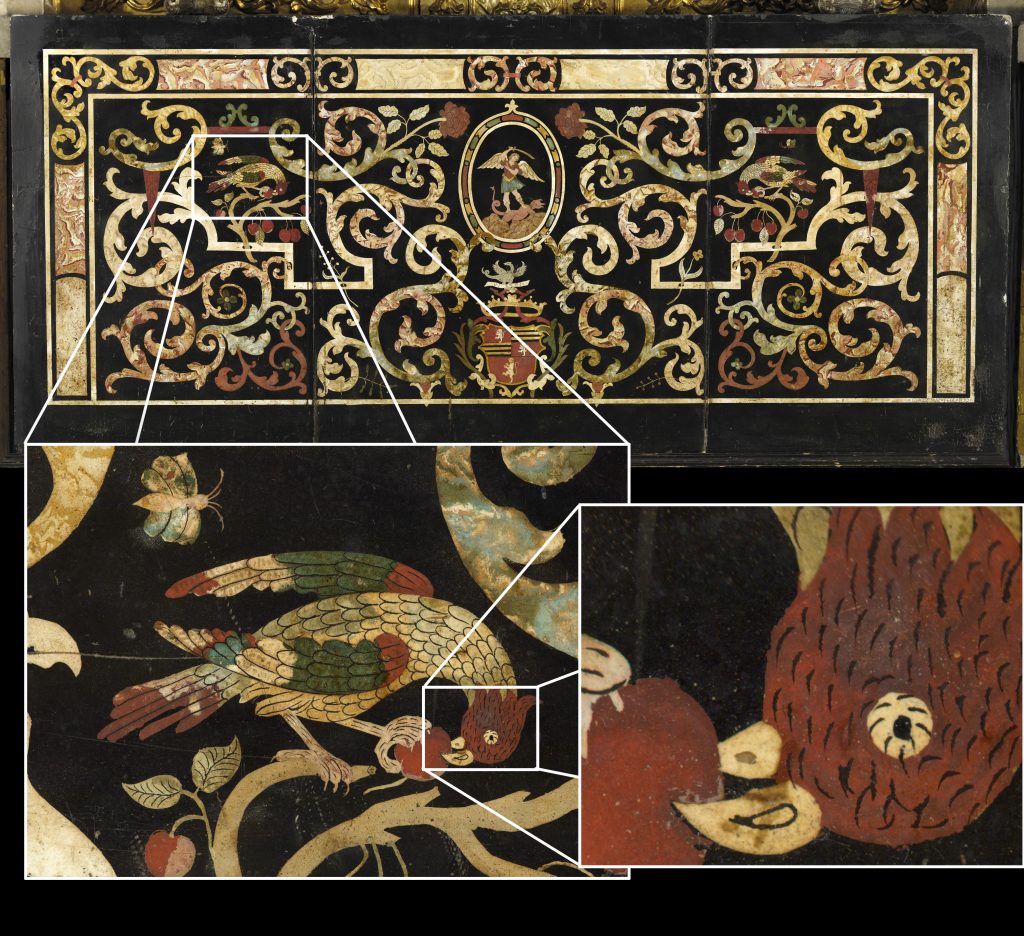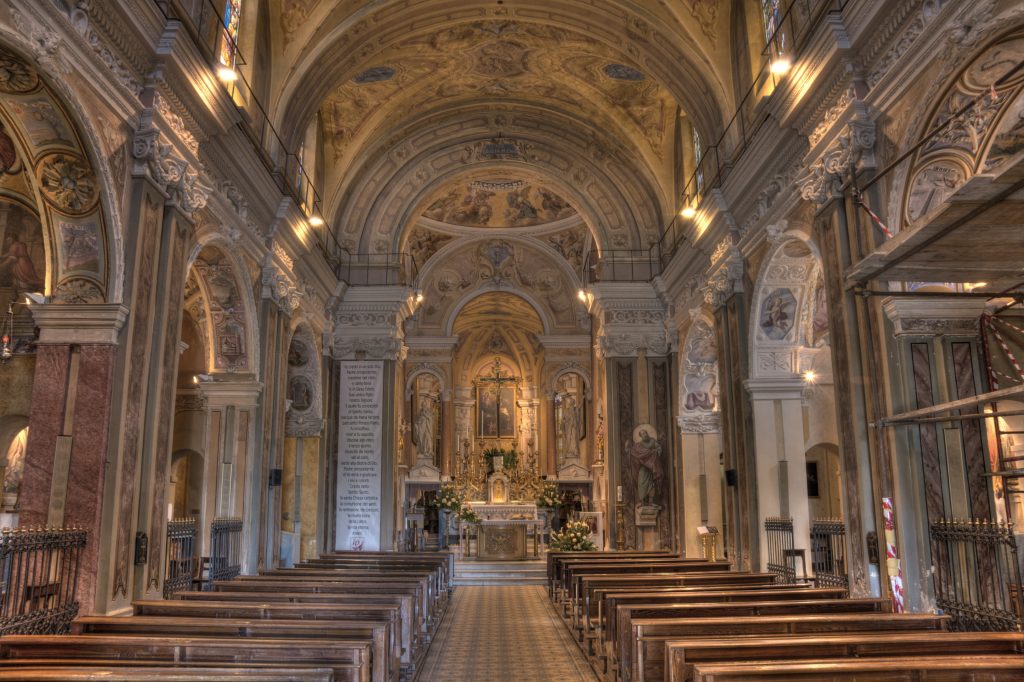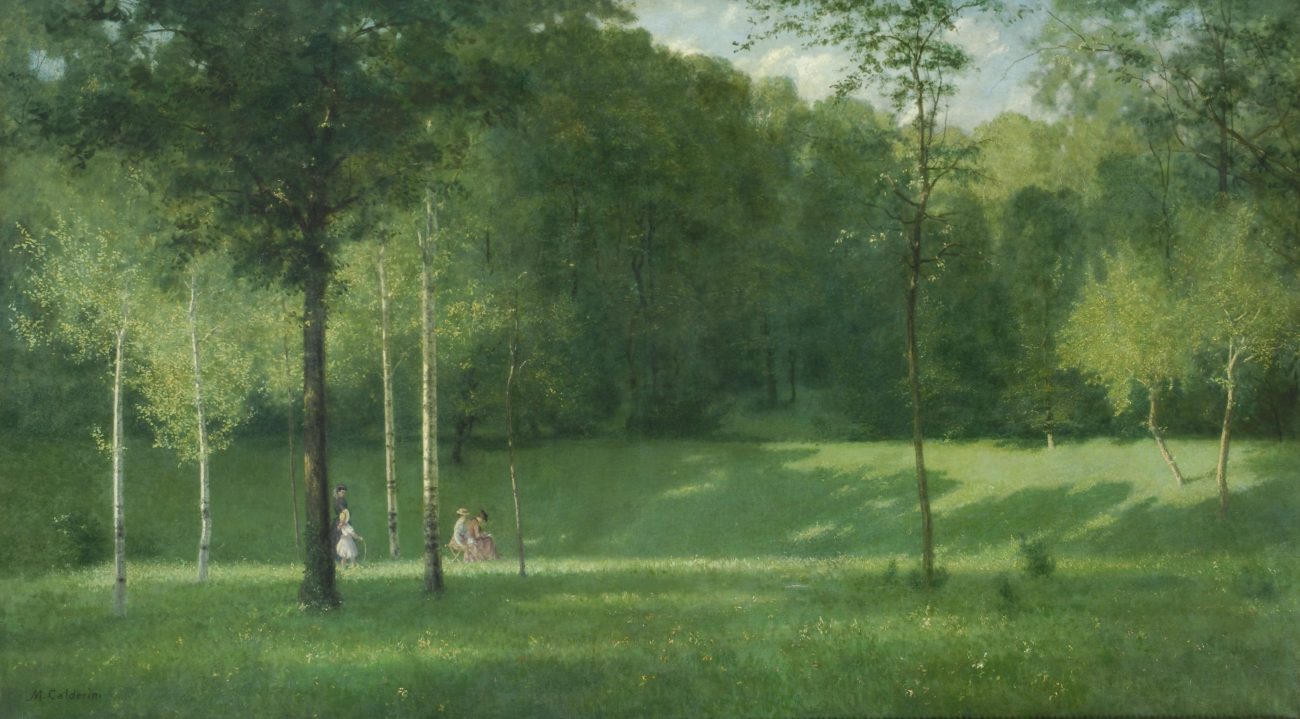Mnemosyne Servizi combines documentation activities with restoration, research and experimentation. Photography is one of the first and fundamental documentation tools, with which graphic mapping and three-dimensional photogrammetric surveys are developed.
Thanks to multi-shot computational techniques, the photographic field offers tools with great potential for panoramic, mosaic, focus stacking, super-resolution and HDR shots.
Panoramics

Panoramic photos are produced by acquiring multiple photographs of an environment. The result can be viewed either with planar projections or with navigable VR (Virtual Reality) media players. Beyond 120° the projections become semi-cylindrical or cylindrical, but also panoramic views can be obtained.
This type of photographic documentation is not to be considered scientific as deformations are generated. However, it is very useful for mapping entire environments or for educational purposes.
Mosaicing

Mosaicing is a photographic technique that produces digital images obtained by compositing a series of individual shots of a flat surface. The result is very high resolution, immersive photos. This technique is very useful in situations where the asset to be documented has a very large surface area and you do not want to lose useful details.
Micro and Macro
MICRO PHOTOGRAPHY – The subjects are photographed at up to 20-30 times the size.
MACRO PHOTOGRAPHY – This photographic technique makes it possible to capture the subject on a scale of 1:1 or more.
In micro and macro photography, where the depth of field is very small, it is possible to use another technique called FOCUS STACKING.
The FS combines, merging them into a single image, a series of digital shots of the same frame between which the plane of focus varies, more distant than the previous one.
Super resolution
The super-resolution (SR) technique allows you to fully exploit the potential of the digital sensor. By using a series of digital shots, of the same frame, it is possible to obtain an image in which the resolution is greatly improved compared to a single photographic shot.
HDR High Dynamic Range

HDR (High Dynamic Range), or wide dynamic range, is a technique that allows you to obtain images in which both the shaded portions and those with strong lighting have the correct exposure within the same image. The range between the brightest and darkest visible areas is wider than usual methods.
The techniques for creating an HDRI are based on the idea of taking multiple shots of the same subject but at different exposures, in order to compensate for the loss of detail in the underexposed or overexposed areas of each individual image. Processing the series of images results in a single image with the correct exposure.


 Restoration Conservation Maintenance
Restoration Conservation Maintenance Artistic diagnostics
Artistic diagnostics Documentation
Documentation Collections management
Collections management Exhibit and enhancement
Exhibit and enhancement Video Editing
Video Editing Art Consulting
Art Consulting